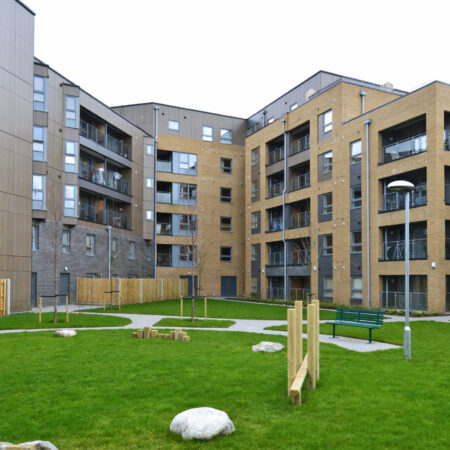Are Zero Carbon Retrofits Really Zero Carbon?
Better insulated homes will use less energy and will, in turn, be responsible for lower direct and indirect carbon emissions. This reality should be driving an urgent national programme to upgrade the thermal insulation of the UK’s social housing stock.
But in the urgency to limit future operational emissions we shouldn’t overlook the embodied carbon associated with retrofit programmes. This creates some big challenges for procurement and supply chain management.
The first big retrofit milestone is ensuring that all social housing achieves a minimum of EPC Level C by 2030. This will involve improving the performance of millions of homes through better loft, wall and floor insulation and by replacing doors and windows.
This represents vast quantities of activity and materials. And if there’s one thing we know about economic activity and construction materials it’s that they generate yet more carbon emissions.
Embodied Carbon
The charts in this article by Greenspec illustrate the variation in embodied carbon levels for different insulating materials. Without diving into the details it’s clear that material choices can have a huge impact.
Eco-friendly materials are becoming more popular for roof, floor and wall insulation. These include hemp, wool and cellulose. However, these are not suitable for all circumstances, particularly spaces susceptible to damp. Careful testing is needed in different conditions and property types to establish where they can be used safely.
The supply chains needed to provide these materials in anywhere near the quantity needed for social housing retrofit programmes are a long way from being established.
The risk of embodied carbon doesn’t mean that energy efficiency upgrades shouldn’t go ahead. Energy costs are high and unlikely to return to the levels seen before 2022. Many people living in social housing face anxious choices every day about whether they can afford to heat their homes.
The UK can’t meet the goal of becoming net zero by 2050 without significantly improving levels of thermal insulation in UK housing.
Low Carbon Procurement
What carbon accounting does mean is that procurement can’t be simply a case of ‘lowest cost wins’. Awareness of the broader net zero issues and rigorous supply chain management are essential. This means having an audit trail of where and how materials were produced, and how they’ve been transported.
Net zero contractors must also be accountable for the scope 2 and 3 emissions associated with how they work if we want genuinely low carbon solutions.
For ideas about how to increase the rate of zero carbon retrofits visit our resource centre. Or contact Nick Davidge ([email protected]).

